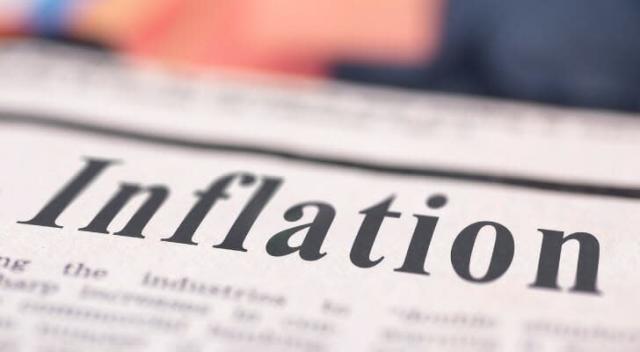A report by Nigeria’s geopolitical intelligence platform, SB Morgen has said the single-inflation-rate target set by the monetary authority may not be attained as the country only achieved the goal in 25 out of 62 post-independence years.
The report, which traced the inflationary trend since Nigeria’s independence, explained the underpinnings of inflation, suggesting that the country has had productivity issues since 1970s.
This is even as it noted that skipping inflation has never triggered political agitation in the country but warned that the trend could change if the government does not take urgent steps to manage the current rising prices “responsibly”.
“On a decade-by-decade basis, it is clear that our ability to achieve this has declined since independence,” it states.
It said that the country only experienced deflation three times – between 1960 and 1969. In 1961, there was an inflation rate of -2.7 per cent while there was another negative inflation rate of 3.7 per cent in 1967 and another occurrence in 1968 (0.47 per cent).
The report further pointed out that policy options taken by successive administrations to achieve a single-digit inflation rate did not record much success, adding that the discovery of hydrocarbon and subsequent oil boom played a key role in evaluating the role of money supply in price instability.
“Oil money had introduced a new paradigm into the Nigerian public psyche, one of an endless supply of money in a boom period. In 1974, the Udoji Award where the government essentially distributed money to civil servants led to a sudden increase in spending power,” it recalled, lamenting that the increase in money supply was not matched with commensurate productivity.
“The private sector that was the driver of production was unable to rise to meet the demand that the public servants flush with cash provided. In addition to this, the price controls instituted in 1971 were beginning to lead to severe shortages in essential goods as traders struggled to replace their goods at the prices the controls required them to sell at. Demand-pull and cost-push immediately drove inflation into the double-digit territory in response to this in 1974, reaching 12.67% and a black market began to thrive.”









